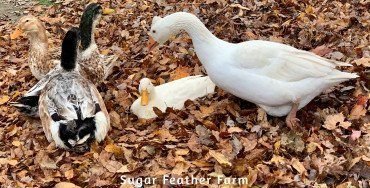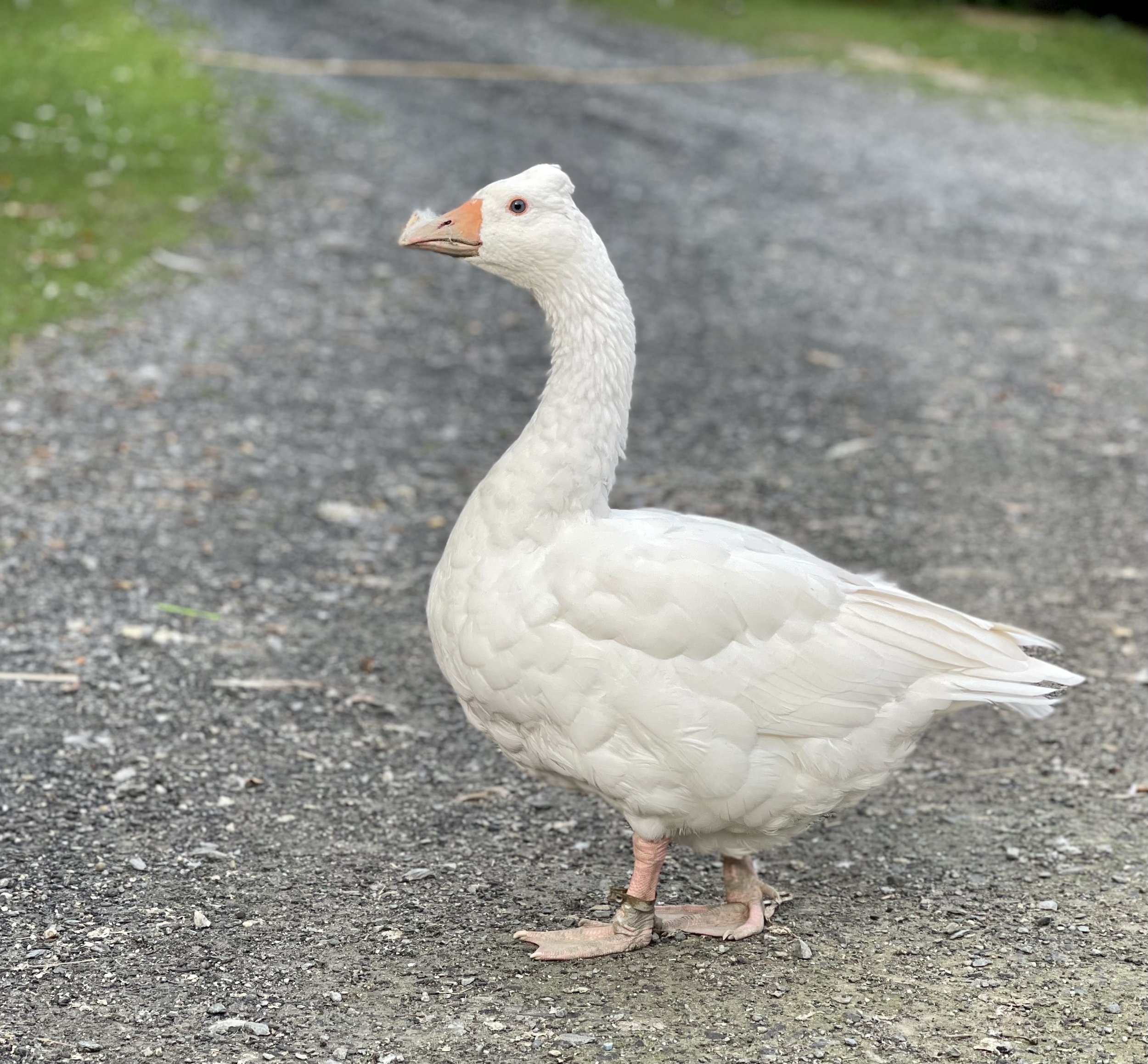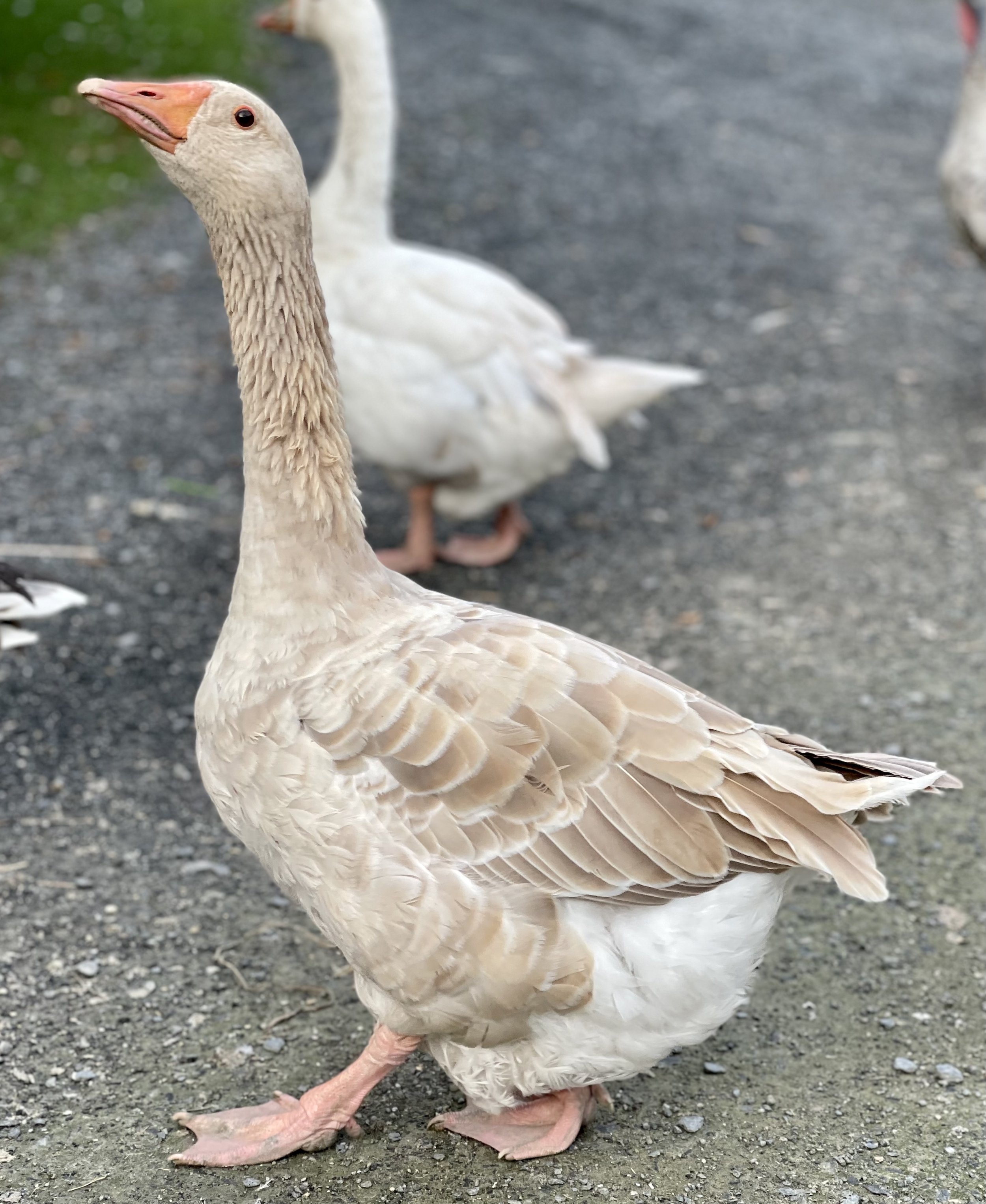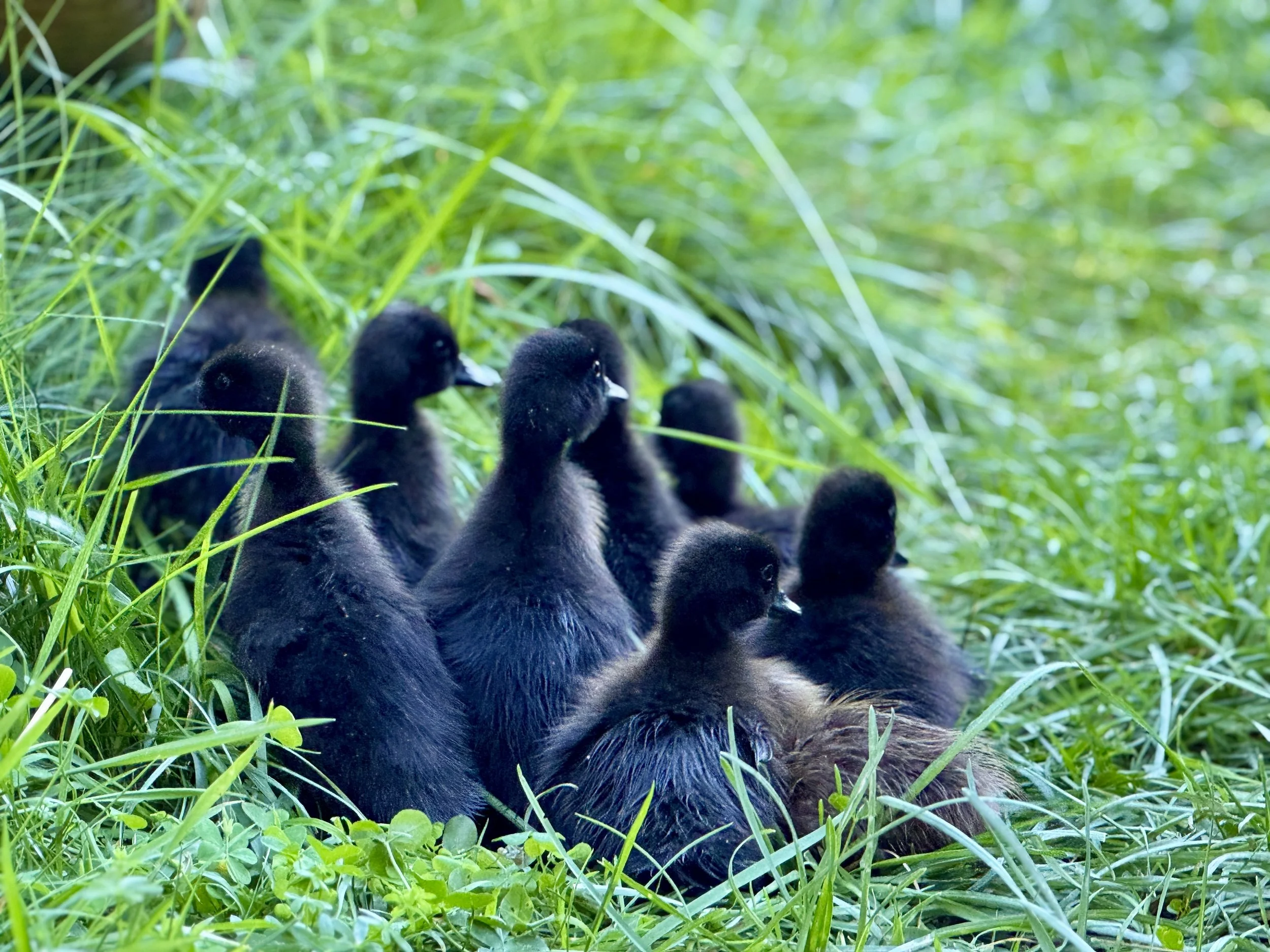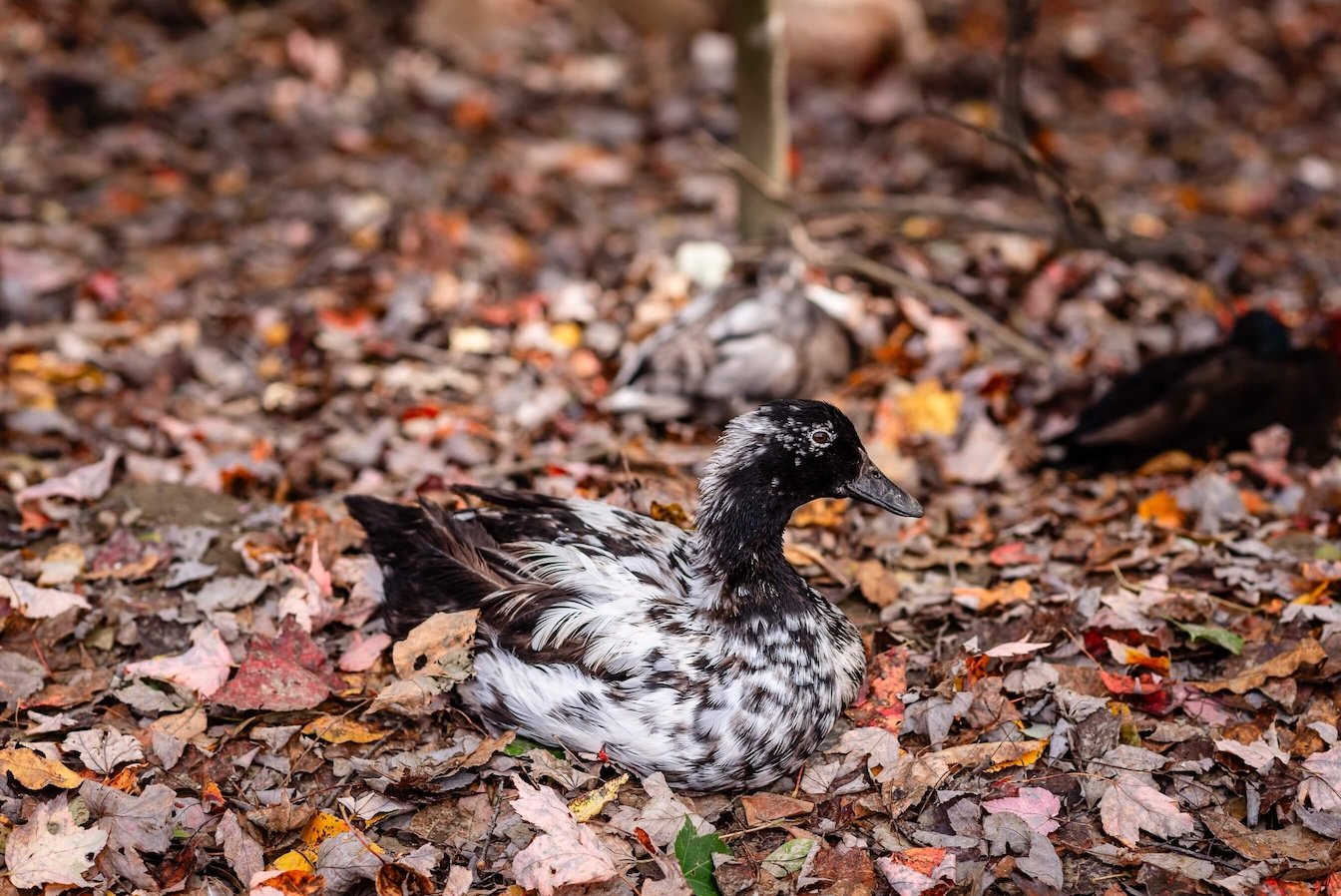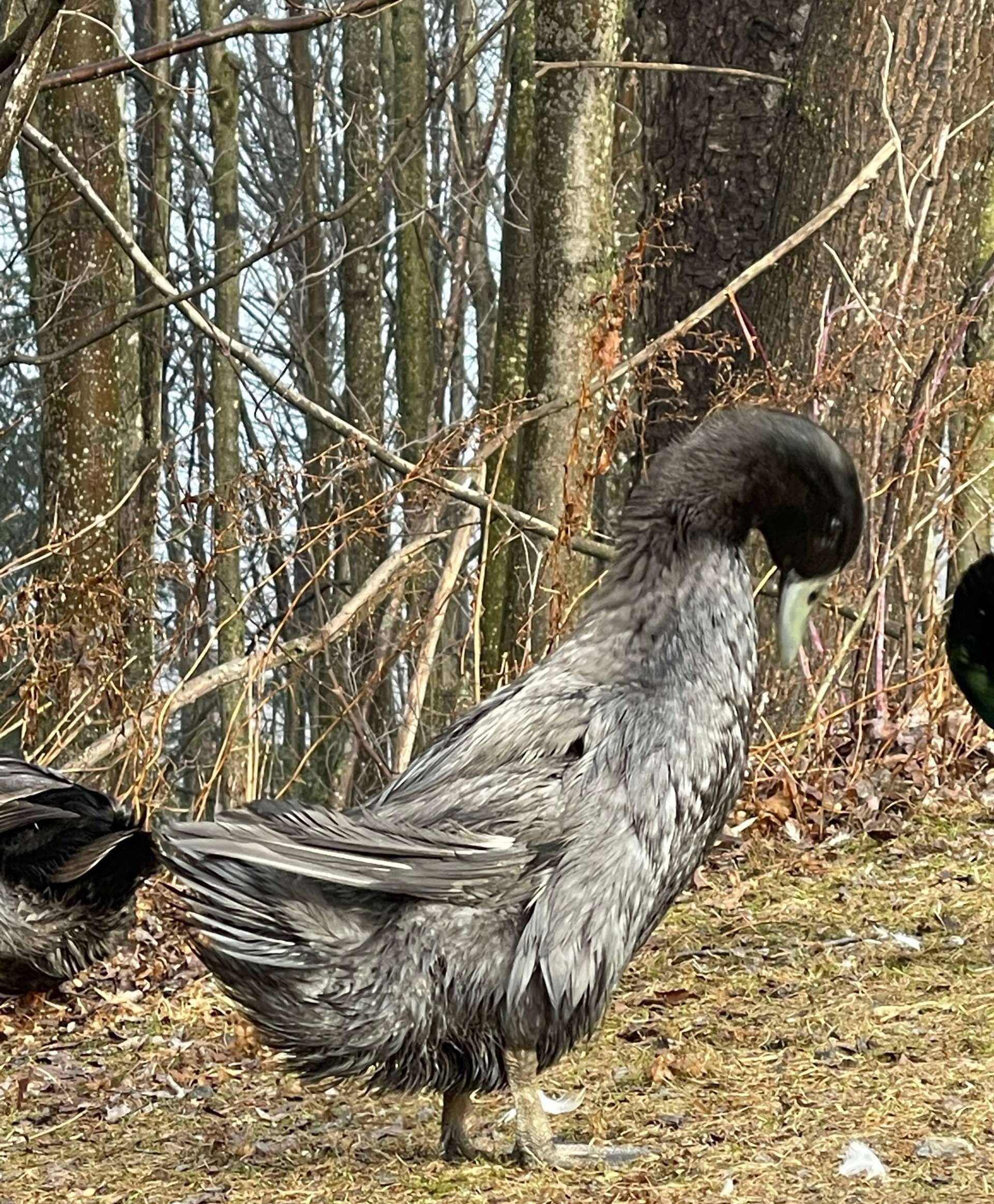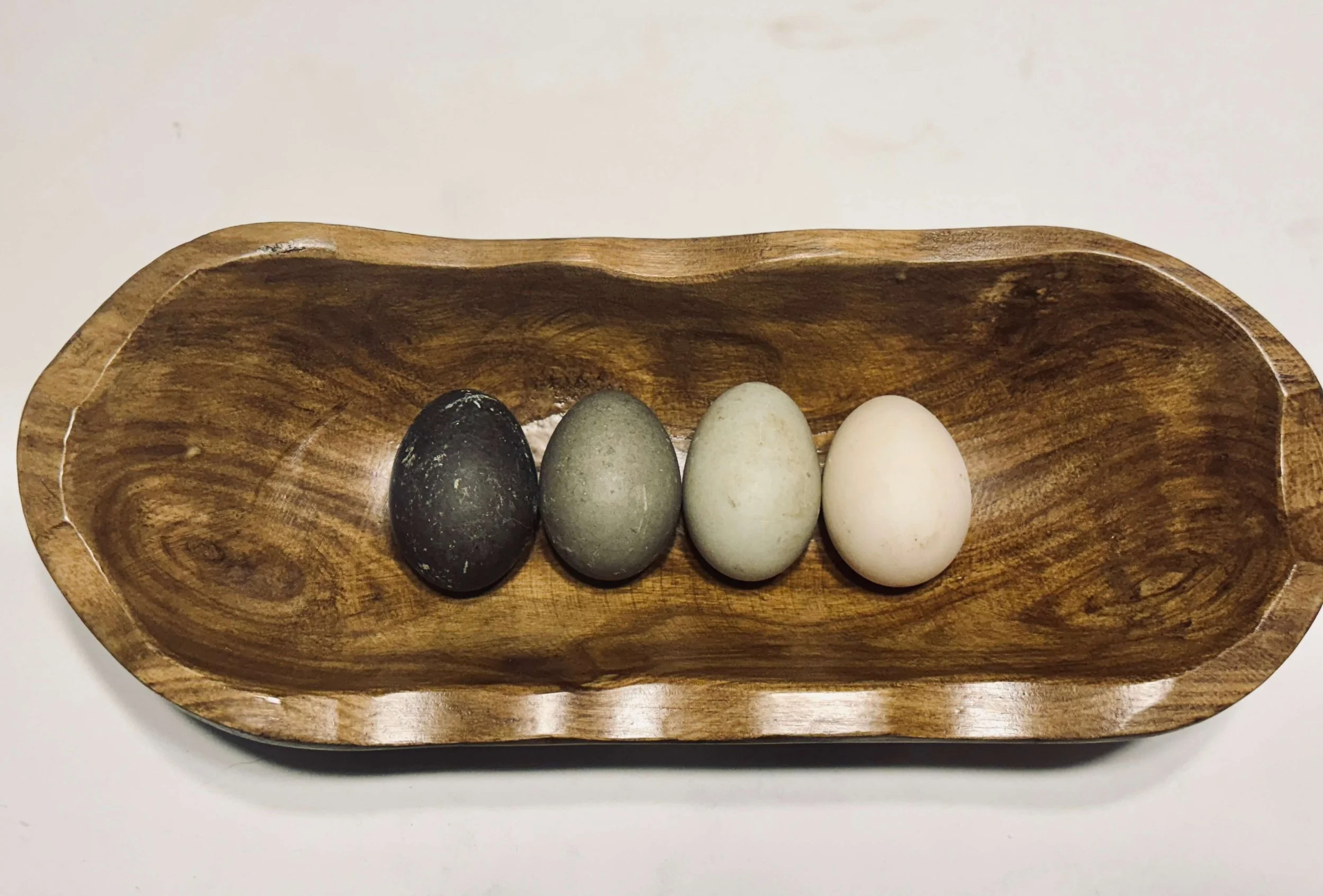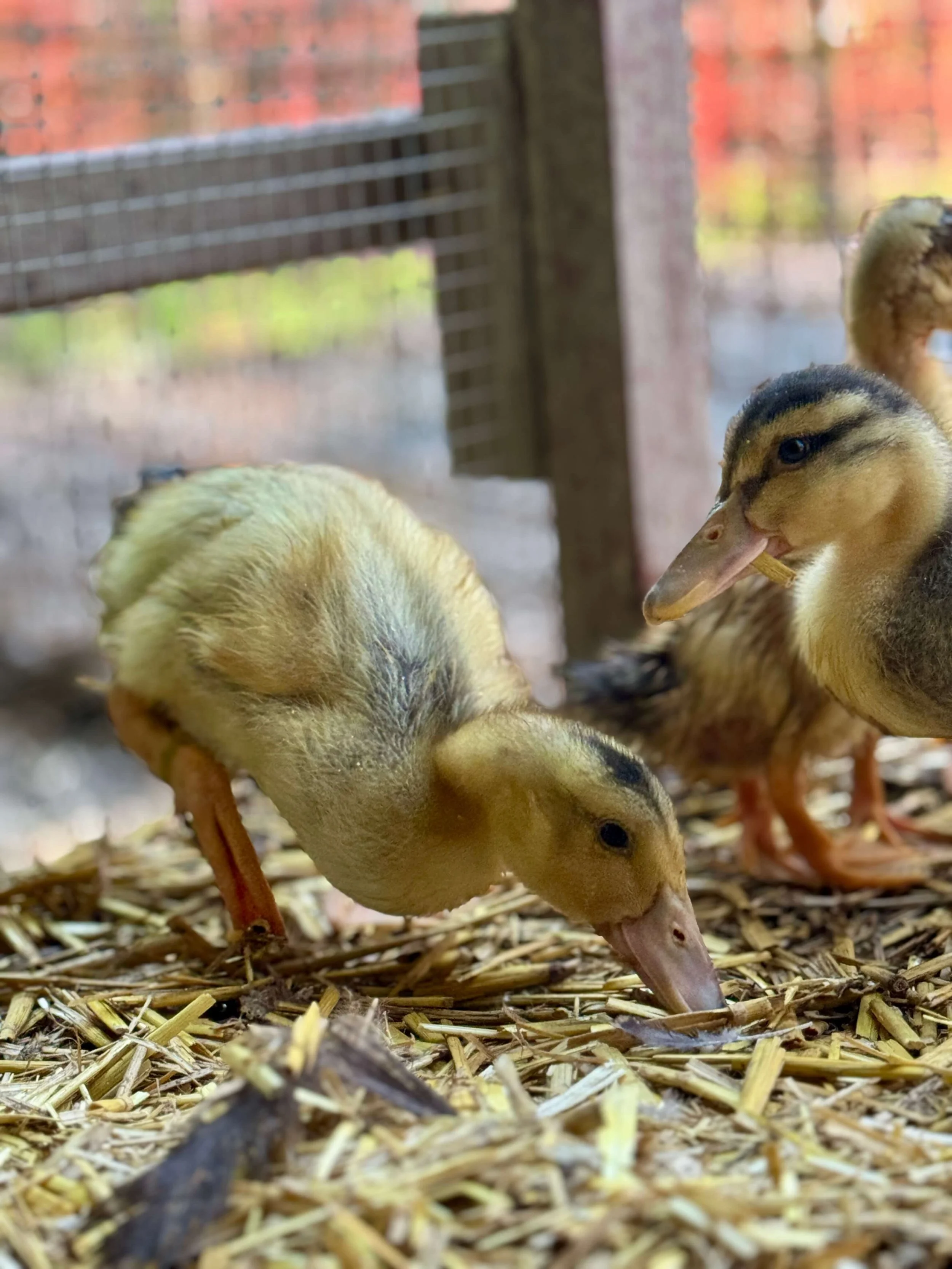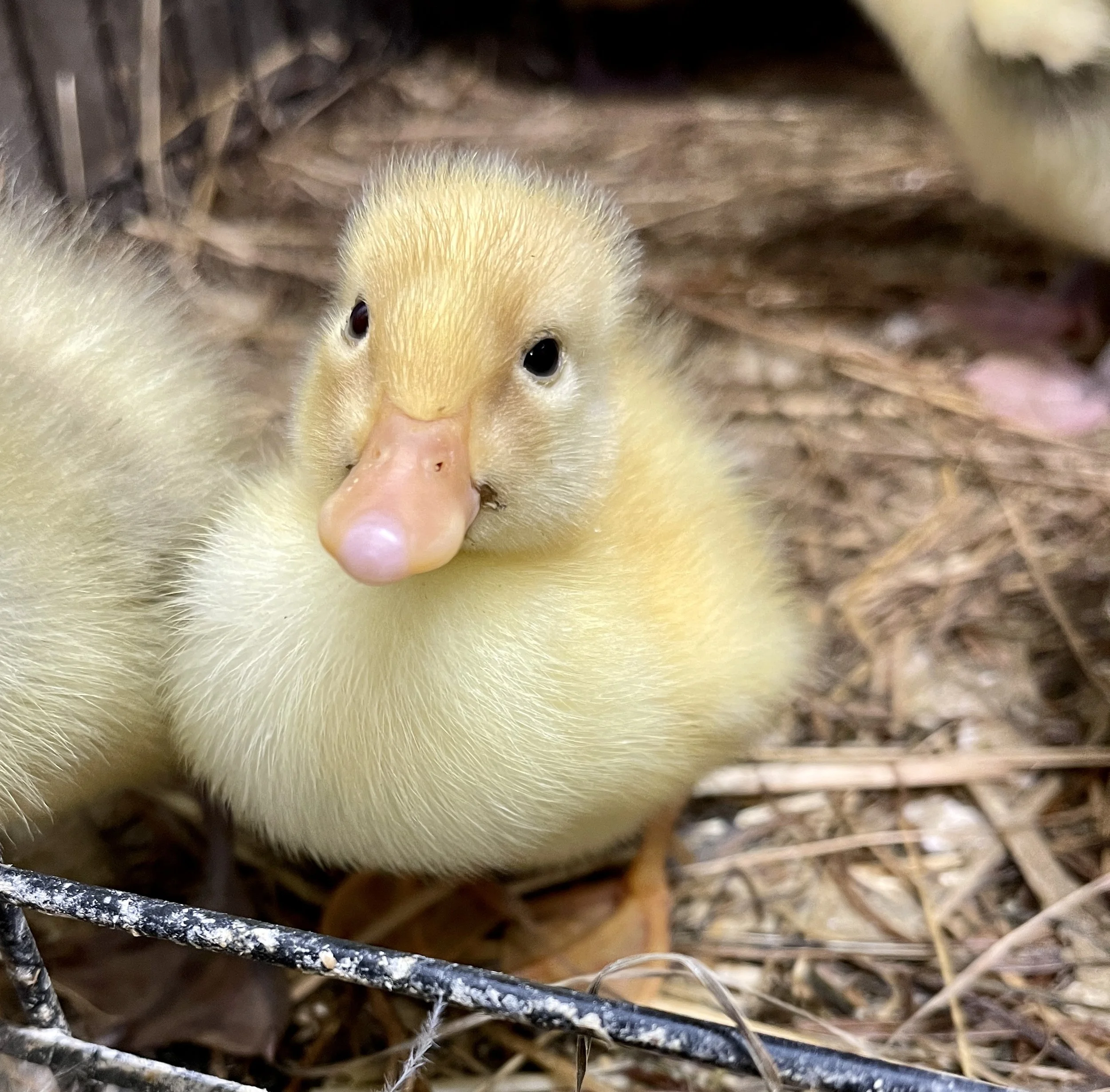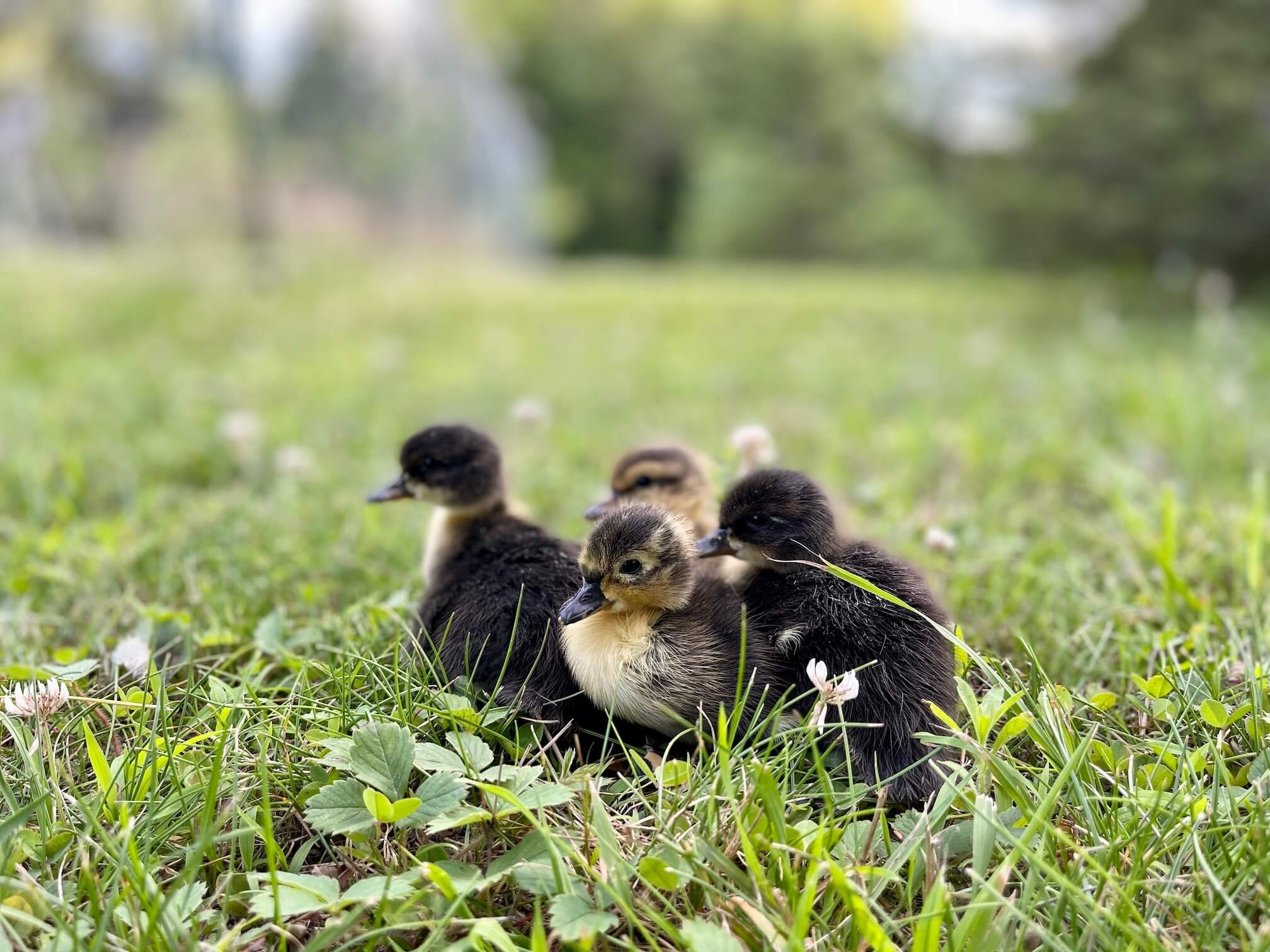-
The Roman goose is beautiful, majestic goose. Our favorite goose here on the farm! The tuft of feathers on their crown, for which they are named, begins just over the eyes and inclines backward. Did you know? Not all Roman Geese are tufted. There are tufted and non-tufted varieties. We carry both varieties. In many parts of the world tufts are optional. Romans in America are mostly bred for show, in Europe and other countries they are more of a utility breed used for meat and eggs. Roman Geese in North America descend from a small group of birds, resulting in a small genetic pool but breeders, like us are working hard to expanding this line. They are considered threatened on the Livestock Conservancy List and want to do our part to preserve them. The Roman Goose is a small breed, weighing 10-12 lbs. All geese are a moderate egg-layers, and lay roughly 25-35 eggs per year, ours however through genetics and breeding can lay upwards of 60 eggs. They make good sitters and mothers.
Our geese are pure-bred, non-hatchery stock and from top breeders with like minded goals. Our goals are for preservation, egg production, and breed conformity. True Roman geese are not autosexing.
We have a variety of colors for our Roman lines:
- White
- Buff
- Saddleback
- Pied
Splash
About Geese
Geese are herbivores. Apart from nibbling on an occasional meal worm, their diets consist of fresh grass and greenery with a balanced feed. Geese tend to have clicks and groups they would rather be with. Some like to partner up in the groups and some like to venture off and watch and mother over a group of ducks. Geese are alert and make good watchdogs, ganders being better watchers then their female counterparts. Geese are typically the last ones in at night making sure all are put away. Many people use geese as guardians of their yard, farm, or homestead. Geese can be a great alternative guardian that you might not have thought of. However, keep in mind geese can be susceptible to predation of the larger predators.
More cool things about geese are they are used successfully to control grasses and leaves,they are great foragers. Geese are excellent weeders and during the early days of commercial agriculture goose farmers would supplement their income by renting flocks out to cotton farms for a chemical-free weeding solution! Think about using them for your grass as a mowing solution, plus their droppings enrich your soil.
When it comes toselection, pick what you’re most attracted to. On our farm we’ve found that in most cases personality and temperament depend more on the individual bird and its environment than on the breed and sex of the bird. To reduce the likelihood of aggressive behavior, we work calmly around geese of all ages and never feed them from the hand after they are a couple weeks of age. You want to build a relationship built on respect. Geese are social birds; and are some of the only domesticated fowl that imprint on humans. They will bond with the person who feeds them as a gosling, and remain dedicated to that person as their surrogate “parent” throughout their lives. Hatching eggs are difficult, and hatch rates are low the first years of their lives. They can live up to 20 years!
NOTE: Geese are seasonal layers and take breaks. There will be longer wait times for your goslings.
-
The Roman goose originated in Italy. More than 2000 years ago, Romans considered these geese sacred to Juno (the goddess of marriage). In 365 BC, as the Gauls attempted to steal into Rome under cover of night, it was the honk of a Roman goose that awoke Marcus Manlius and saved the capitol. Geese have been used for guarding, thanks to their protective nature and loud voices, for centuries. Geese guarded the temple of Juno in ancient Rome, protected a Scottish brewery, and continue guard police stations in rural China. In Europe, Roman geese are utility birds, bred for a rapid maturing, small, meaty carcass. In North America, many strains are largely ornamental, bred for a distinguishing crest, or tuft however some are non-tufted as well. The original Roman Geese dated back 2000 years ago did not have tufts! In common North American usage, which is followed here, “Roman” goose is used interchangeably with “Tufted Roman” goose. All geese are decedents of the wild ancestor the Graylag goose.
-
We recommend starting with our Sugar Feather Farm Waterfowl feed for the first 3 weeks, then our Waterfowl Grower till laying age. At laying age geese use adult layer. Our feed includes grit and oregano oil for gut health. Fresh clean water needs to be available, grit to break down the feed and greens if not using Sugar Feather Farm feed and Oregano Oil in the water daily to help with gut health. Geese can start to get grasses at 2 weeks with some other veggies.



